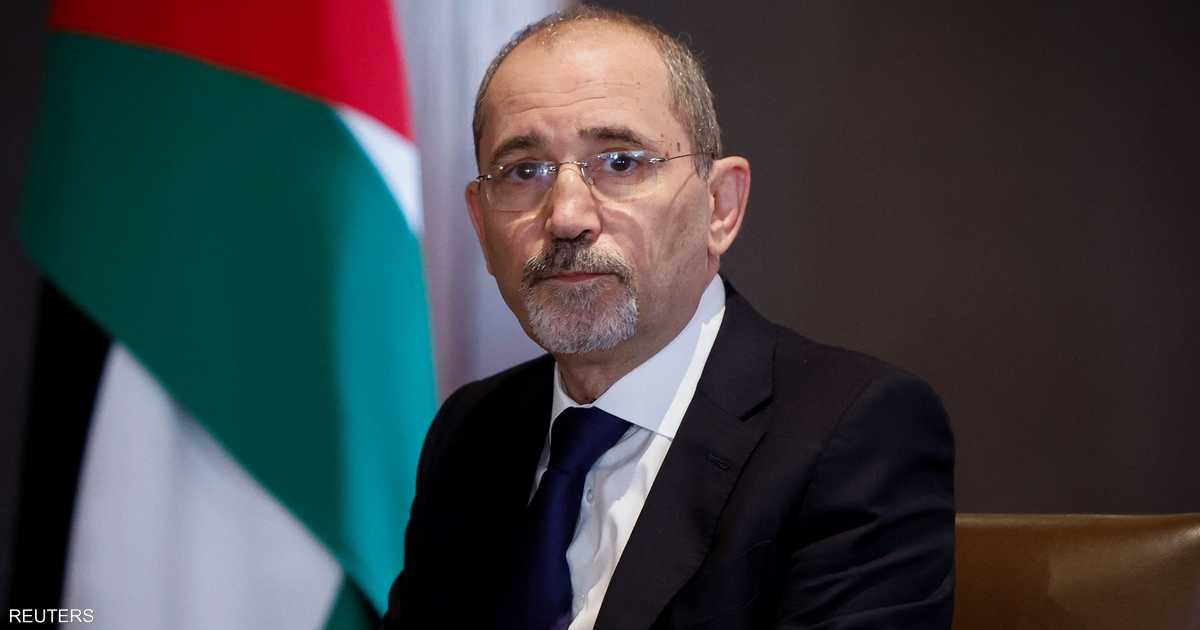Area– and the Minister of Local Government Hannes Manninen (middle) was in the toilet when Eero Heinäluoma (sd) played. According to the story, Manninen decided to answer the phone because the political situation had become so tense. The government crisis had already been tackled.
At that time, at the end of June 2006, Manninen and the Chairman of the SDP, Minister of Finance Eero Heinäluoma, had been discussing the details of starting the municipal and service restructuring (Best project) for several days and nights. It wasn’t ready, and time was running out.
The last scheduled meeting of the structural group that paved the way for the Best project was just beginning when Heinäluoma called Manninen. The section on municipalities in serious difficulties and the section on protection against dismissal of municipal association staff were still inappropriate.
In a toilet call, Heinäluoma informed Manninen that the SDP was ready for a compromise.
An agreement was thus reached, and the framework law for the Best Project was in fact being prepared.
The idea of the Best project was to form larger units in the municipalities so that they could better cope with the organization of social and health services. It was known that as Finns age, the need for services and costs would inevitably increase. Small municipalities would soon no longer survive alone.
The purpose of the reform was to ensure that citizens would continue to have equal access to social services.
Sounds very familiar.
In recent weeks, party chairmen have reiterated their commitment to primary health care and equality in regional election exams.
And it is true.
Insufficient investment has been made in primary health care, queues are long and disease prevention and equality are not being achieved as desired. Besides, the rapidly rising cost of specialist care is an unsustainable burden for many small municipalities.
Today the regional elections on sunday are historic, as the sote reform process, which has lasted for as long as 16 years, is now being sealed.
In the current reform, the responsibilities for organizing social services and rescue services will be transferred from the municipalities to the welfare areas. At the same time, specialist care and primary care are better linked.
However, at this stage, the reform is far from complete, as the new welfare areas will start in early 2023 and before that is done. But while the rush and chaos is known, reform is taking place. That is for sure now.
It’s time, you could say.
Reform stretching is special in itself, because if there is one thing in the world that can be accurately predicted, it is the evolution of the age structure. It has been known in Finland for decades that as the large age groups age, the dependency ratio goes to waste. Dependency ratio refers to the number of people out of the labor force in relation to the employed.
How, then, did the necessary SOTE reform have to be twisted for 16 years?
One explanation is power politics.
Time and time again, parties have succeeded in messing up SOTE reforms when linked to other party political goals. In addition to organizing the war, the Paras project sought to solve problems such as land use and the coordination of housing and transport in urban areas.
The Best project got its start in February 2005, when the Prime Minister Matti Vanhanen the (central) government held a mid-term meeting it called a political debate.
In Riihi, Minister of Local Government Hannes Manninen presented a memorandum he wrote about the state of the municipal economy.
Manninen’s concern was justified. But it could also be affected by the political situation. In the autumn 2004 municipal elections, the center had suffered a loss and was second only to the SDP. The city center thus had a motive to invest in municipalities.
Manninen’s opening was a surprise for the government partners, as the program of Vanhanen’s number one government did not mention the renewal of the municipal field.
As such, ministers agreed on the existence of the problem. There was much controversy over the solutions, on the other hand.
The SDP drove larger municipalities and strongly opposed private sote services.
The center opposed the forced association of municipalities. As a solution, it offered a coordinating “region” that would take over some of the tasks of the municipalities.
The desires of the parties were thus pretty much the same as in all subsequent sote twists.
Mannisen and after the political compromise agreed by Heinäluoma, the Paras project was properly launched in the summer of 2006. It was continued by Vanhanen ‘s second government and Mari Kiviniemen during the (central) government terms 2007-2011.
The reform obliged municipalities to provide primary health care and social care services on a population base of at least 20,000 inhabitants. This could be done either through a municipal association or through co-operation between municipalities.
However, there was no stick in use, and the government relied on the municipalities’ own independence in forming cooperation patterns. With the Best project, a total of almost 200 municipalities came up with various co-operation solutions. But many areas remained fragmented. And some municipalities categorically refused to cooperate.
In the 2011 election, the center remained in opposition. Jyrki Katainen The (Coalition) Government decided to carry out a municipal reform based on “strong foundations”. Strong municipalities would have been responsible for basic health care, social care, and some specialty care.
The Best Law was repealed.
Katainen’s government was ready to force municipalities into unions if necessary. However, the plan watered down as the government’s second party, the Sdp, turned its jacket and began to oppose forced alliances.
After this, Katainen’s Board elected the chairmen of the parliamentary groups Petteri Orpon (kok) and Jouni Backman (sd) to develop a new sote model. The working group was able to make a presentation, but there were constitutional problems. As for the next, the Minister of Basic Services Susanna Huovinen (sd) by a parliamentary group. The parliamentary constitutional committee also knocked it out.
There was no time to correct the parliamentary group’s proposal, as the parliamentary term was over.
After the 2015 parliamentary elections, the matter took its turn Juha Sipilän (central) government, whose sote model was based on 19 provinces. The Coalition Party opposed a large number of provinces but bowed when it included freedom of choice in the package of cow shops, which would have significantly increased the role of private sote service companies.
In the winter of 2019, the Constitutional Committee overthrew the Sipilä government’s sote proposal, and the government resigned a month before the election.
In the end, the sixth (depending on the little calculation) sote attempt was successful. Sanna Marinin (sd) The government was allowed to pass a SOTE proposal last year from the Committee on Constitutional Affairs and Parliament.
Parties it is easy to blame the inability to make major structural reforms. But especially on election day, it is also worth being merciful.
While party power games may seem petty-minded tactics and pointless for the benefit of the whole, they may not be. The struggle for power is an integral part of democracy.
And rigid decision-making is a characteristic of democracy – which is also kind of good when it comes to fundamental reforms like the SOTE reform. They should not be splashed in the blink of an eye.
The policy is to reconcile the differing interests and views of populations in order to achieve the best possible solution. The end result through compromises is not always the best. On the other hand, there is no single body that could define an absolute view of the best.
In democracy, there are always many views on a good solution.
There are certainly many shortcomings in Sanna Marini’s government’s social reform. At the same time, however, it seems that the regional election reform now being carried out seems to be the best that the Finnish political system can do. After eight years, all eight parliamentary parties have been trying to reform Sote.
In September the union of public and private sector employees in Jyty’s magazine was interesting articlewith a green veteran Osmo Soininvaara and Councilor Auli Valli-Lintu recall the long history of social reforms. Valli-Lintu has been involved as an official in all reform companies since the Paras project.
In an interview, Soininvaara described the realism of making social reforms. Reformers are moving ambitiously, but as the complexity of the problems clears up, the bar is lowering. Soininvaara clarified the matter with a parable related to eating.
“First we try to make a fine dining meal with all its subtleties, but it comes back to bottom. Then a more modest attempt is made of ground beef steak, but the frying pan falls off the cook. Eventually, the scraps found in the fridge are turned into a cheese egg. After all, it goes hungry too, ”Soininvaara said.
However, eradicating hunger alone seems a very flat goal for giant reform such as the Sote reform. So I asked for help as a chef and restaurateur From Henri Alén. And it’s true – an omelet can also be delicious if done carefully.
It is essential to remember to beat the eggs in the cup well and keep the egg mass moving during frying.
Henri Alén’s cheese egg instructions
Ingredients:
3 eggs
3 tablespoons whipped cream
A pinch of salt and pepper
Win
1 dl grated cheese (preferably Comté)
Manufacturing:
Break the eggs into a bowl. Add cream and spices. Stir with a fork for 20-30 seconds to mix the protein and yolk evenly.
Melt the butter in a hot cast iron skillet. When you can start to get the color, pour the egg mixture into the pan.
Leave the mixture in the pan for a few seconds. Then start moving the pan with rapid movements so that the egg mass stays in motion.
Pour the grated cheese on the other side of the omelet. Fold the other half over the cheese filling. In less than a minute the omelet is ready.
.
#Junkkari #Sote #reform #Sanna #Marinis #government #cheese #egg #surplus #work







